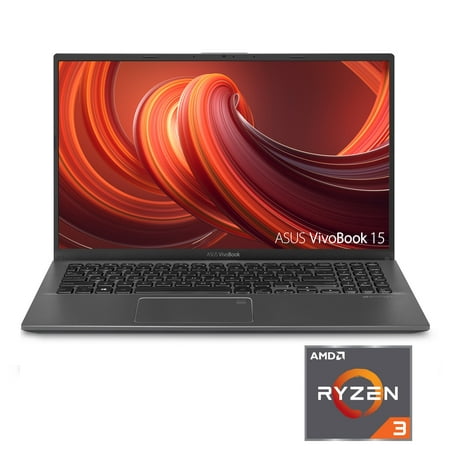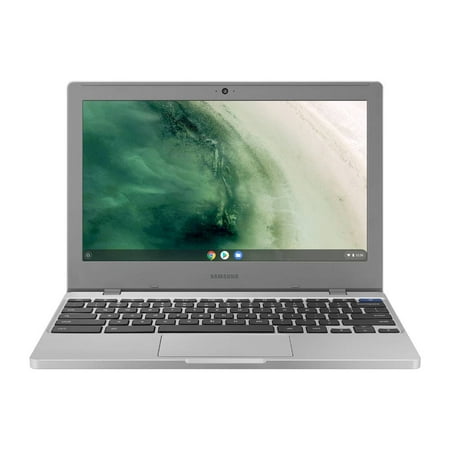SAMSUNG 11.6″ 720p Chromebooks Laptop, Intel Celeron N4020, 4 GB RAM, 32 GB SSD, Chrome OS, Silver, XE310XBA-KC1US
The quality of SAMSUNG Meets the accessibility of chrome OS. Its all-new light and compact design lets you stream, work, create, and play on a fast, secure device designed to take everywhere.
The quality of SAMSUNG Meets the accessibility of chrome OS. Its all-new light and compact design lets you stream, work, create, and play on a fast, secure device designed to take everywhere. You can download and save content and work with others using Google suite. Built with long-lasting, battery and Gigabit Wi-Fi connectivity, The new Samsung Chromebook 4 brings speed and efficiency to any and every task or adventure.
- Samsung Chromebook 4 11.6″, Intel Celeron N4020, 4GB RAM, 32GB SSD, Chrome OS, Platinum Titan, XE310XBA
- Experience responsive performance, power, adaptability and fun with Intel® Celeron™ 1.10 GHz processor
- 4 GB memory for smooth multitasking
- The 11.6″ 1366 x 768 screen provides a great movie watching experience
- Chrome OS offers cloud connectivity to store data online that saves you hardware cost
- 12.50 Hour battery run time helps you stay unwired and work longer non-stop
Additional information
| Manufacturer Part Number | XE310XBA-KC1US |
|---|---|
| Model | XE310XBA-KC1US |
| Assembled Product Dimensions (L x W x H) | 11.30 x 8.00 x 0.66 Inches |






by Anita
Could be larger, but quick and LOVE the long lasting battery!
by Den
I recently purchased this on sale from Walmart. Its a decent Chromebook that still gets updates but like all Chromebooks it is not as functional as a Windows or Linux laptop. It runs the android app store and many of the apps like VLC work but several common apps do not work for example word and excel are limited online versions so if these are important to you then you are out of luck. I am also struggling to find a decent email app although Thunderbird will run under Linux if you create a Linux environment. All in all its much better and more flexible than my previous ACER Chromebook C720 which did not support android apps but its still intended mostly for online browsing and gmail. On the hardware side its a fairly solid machine but the external connections are very limited. There is a single USB C which doubles as the only power connector, a single USB 3.0 port and a headphone socket. As mentioned in other reviews there is no HDMI port and no SD card slots but I was able to use a powered USB C dongle with the missing ports/slots which seemed to work. Overall its a good value at the sale price and might make a decent travel companion if you have a wifi connection but it has very limited offline functionality and definitely not worth the full MSRP.
by Randall
For the price, I can’t complain. An RG45 port would have been nice. Maybe a third usb port.
by Richard
This is an absolute bargain at $99. The original models were $249 and this generation sells for $229.
by Angie
Great for school for my daughter!